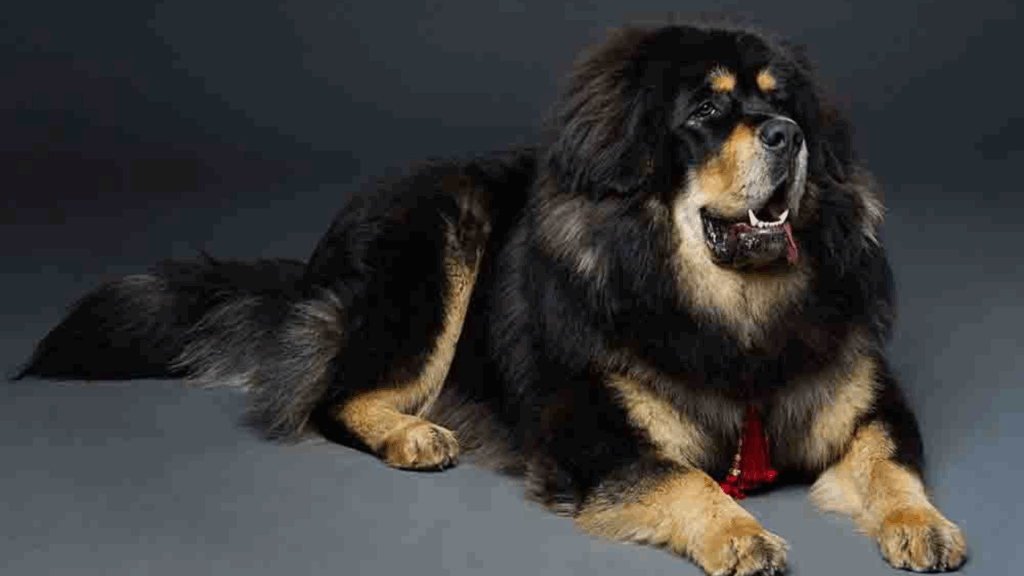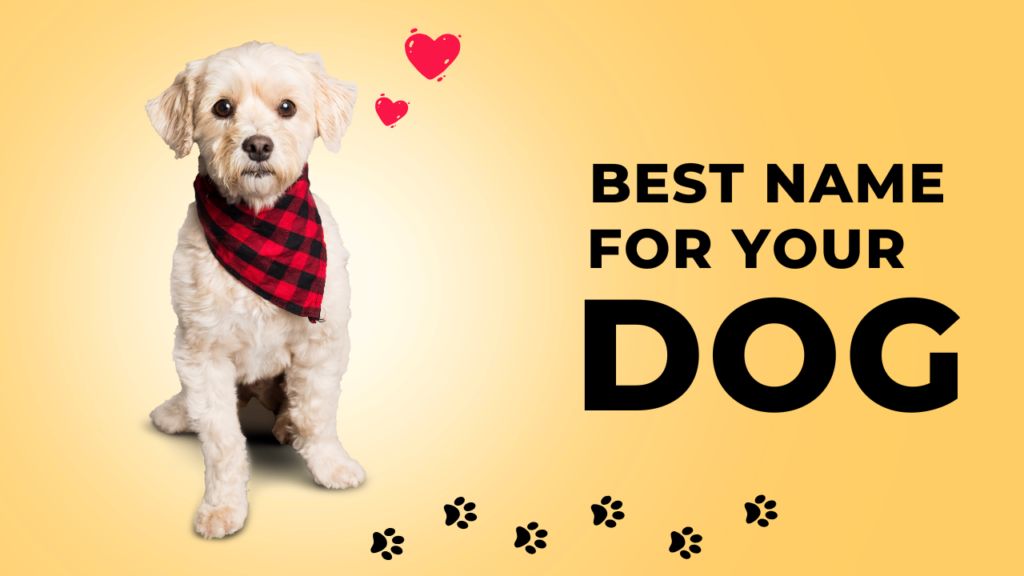The Tibetan Mastiff is a noble and imposing breed with a storied history stretching back thousands of years. Bred by nomadic tribes of Tibet, China, Nepal, and India, this massive dog served as a guardian of homes, monasteries, and livestock against predators like wolves, leopards, and even snow leopards. Revered for its strength, independence, and unmatched loyalty, the Tibetan Mastiff remains a symbol of protection and dignity.
Ancient Origins
The Tibetan Mastiff is one of the oldest and most primitive dog breeds known to man. Thought to be the forebear of many modern mastiff breeds, its history dates back at least 2,000 years, and possibly even longer. For centuries, Tibetan Mastiffs lived alongside Tibetan nomads and Buddhist monks, guarding livestock and sacred temples in the high-altitude, rugged landscapes of the Himalayas.
Due to Tibet’s isolation, the breed remained virtually untouched by outside influence, preserving its original form and temperament. Marco Polo even wrote of massive Tibetan dogs as early as the 13th century, describing them as “tall as a donkey with a voice as powerful as that of a lion.”
Appearance and Physical Traits
The Tibetan Mastiff is a giant, powerfully built dog, often mistaken for a lion because of its thick mane and imposing frame. Despite their sheer size, these dogs are athletic and agile.
Breed characteristics:
- Height: 24–30 inches (males are typically larger)
- Weight: 70–150+ pounds
- Coat: Dense double coat, especially thick around the neck and shoulders (like a mane)
- Colors: Black, brown, blue-gray, red-gold, with or without tan markings
- Tail: Feathered and curls over the back
- Ears: Medium-sized, pendant-shaped, and set high
Their strong bone structure, heavy coat, and deep bark make them ideal for guarding in harsh climates and against serious threats.
Temperament and Personality
Tibetan Mastiffs are intelligent, independent, and strong-willed. Bred to make decisions on their own in remote areas, they often act according to their judgment and are not naturally inclined to obey commands like traditional working dogs.
Personality highlights:
- Loyal and protective: Deeply devoted to their family but often aloof with strangers
- Territorial: Naturally inclined to guard property and alert owners to any intruders
- Calm and composed: Quiet indoors, especially after maturing (usually around age 3–4)
- Stubborn but sensitive: Not ideal for first-time dog owners or those expecting a highly obedient breed
Though serious and dignified, they are affectionate with family members and surprisingly gentle with children when properly socialized.
Training and Socialization
Tibetan Mastiffs require consistent training and early socialization to become well-rounded companions. Due to their independent nature, they respond best to positive reinforcement and firm but gentle leadership.
Training should begin early, and exposure to various environments, people, and situations is crucial. Without proper socialization, Tibetan Mastiffs can become overly protective or even aggressive toward unfamiliar people or animals.
Tips:
- Avoid repetitive drills—they become bored easily.
- Be confident and consistent as a leader.
- Avoid harsh training methods, as they can become defiant or withdrawn.
Exercise and Living Needs
Despite their size, Tibetan Mastiffs are not hyperactive. They enjoy having space to roam but do not require hours of exercise.
Exercise needs:
- Daily walks or free time in a securely fenced yard
- Mental stimulation through toys, games, or training
- Avoid over-exercising puppies, as their joints develop slowly
They are best suited for homes with large yards or rural environments. Apartment living or city life is usually not suitable due to their size, barking, and protective instincts.
Grooming and Health
Tibetan Mastiffs have a heavy, weather-resistant coat that requires regular care, especially during seasonal shedding (usually once a year).
Grooming routine:
- Weekly brushing (daily during shedding season)
- Occasional baths (too frequent bathing strips natural oils)
- Regular ear cleaning, nail trimming, and dental care
They are generally hardy dogs, but some health concerns include:
- Hip and elbow dysplasia
- Hypothyroidism
- Entropion (eyelid issue)
- Canine inherited demyelinative neuropathy (rare)
A responsible breeder will test for common genetic issues and breed for sound health and temperament.
Is the Tibetan Mastiff Right for You?
The Tibetan Mastiff is not a typical family dog. They are best suited for experienced dog owners who understand working breeds and are prepared to dedicate time to training, socialization, and management. These dogs thrive in households where they are given a job, plenty of space, and a confident leader.
Ideal owners:
- Live in a rural or spacious environment
- Are experienced with large, independent breeds
- Can provide daily structure and companionship
- Have a secure, high-fenced yard
Conclusion
The Tibetan Mastiff is a majestic guardian with a noble heart and centuries of history behind it. While not for everyone, those who earn its trust and respect are rewarded with a deeply loyal, protective, and awe-inspiring companion. Owning a Tibetan Mastiff is more than having a dog—it’s forming a bond with a breed that has watched over people and places for millennia.

Andy Parker is a dog lover, writer, and senior editor at BarkPicks. With years of experience covering canine health, training, and gear, he helps pet parents make smarter choices for happier, healthier dogs. Andy shares his home (and heart) with two rescue pups, Charlie and Mia.



